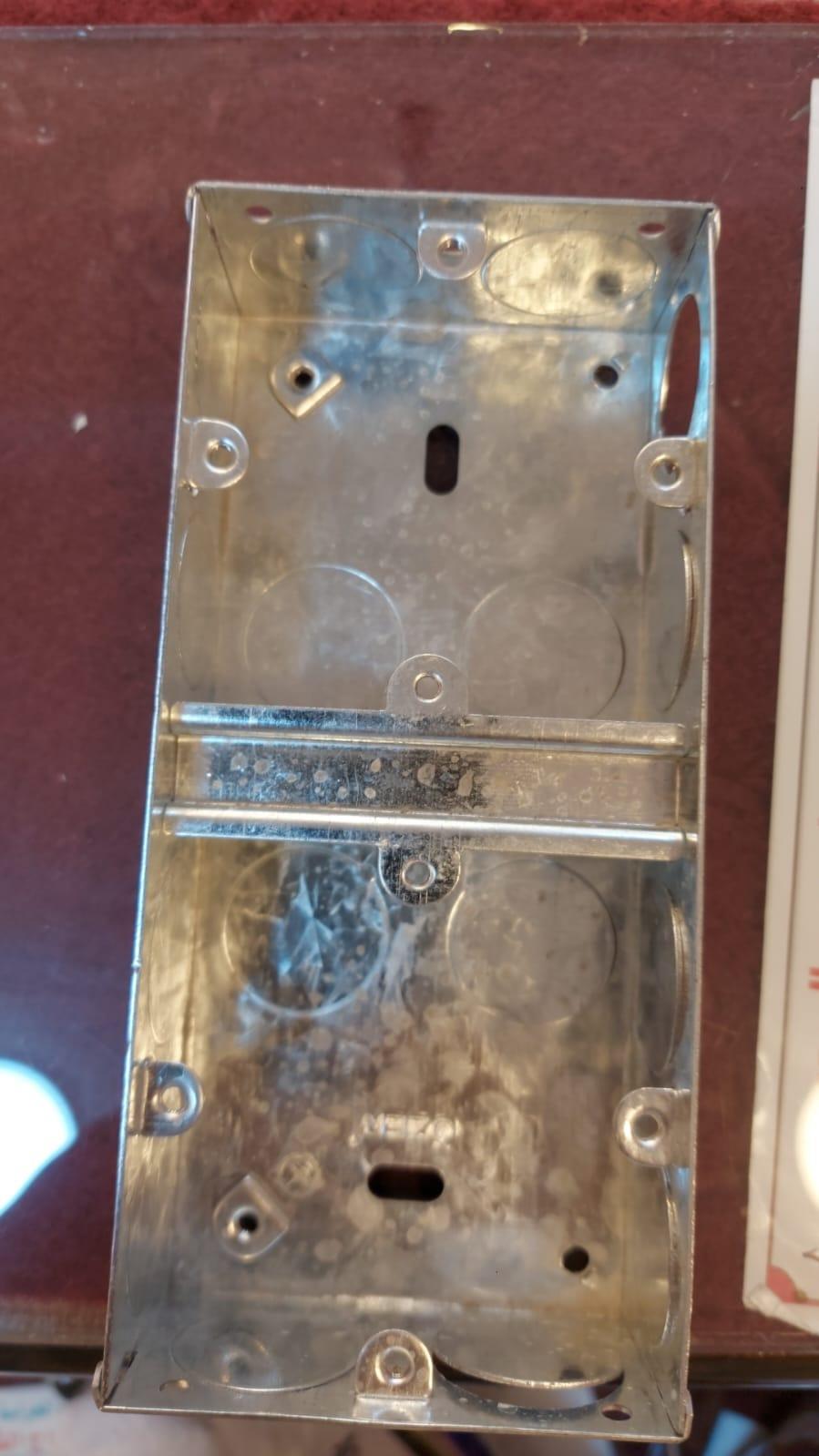
The Evolution of Strut Channel Roll Forming A Comprehensive Overview
Strut channel roll forming has emerged as a vital process in the manufacturing industry, particularly for constructing frameworks and supports in various applications. This efficient production method involves the continuous shaping of steel or other metal sheets into strut channels—U-shaped profiles that are essential for providing structural integrity in buildings, warehouses, and machinery installations.
What is Strut Channel?
Strut channels, also known as metal channels or support channels, are versatile components used primarily for supporting pipes, ducts, and electrical conduits. They are usually manufactured from steel, aluminum, or stainless steel and can come in various sizes and thicknesses. The design of strut channels allows them to bear significant loads while weighing relatively little, making them an ideal choice for construction and industrial applications.
The Roll Forming Process
Roll forming is a continuous bending operation where a long strip of metal is passed through consecutive pairs of rolls to form a specific cross-section. The process is characterized by its efficiency and ability to produce complex shapes in high volume. The key advantages of roll forming over other fabrication methods include
1. High Production Rates Once the roll forming machine is set up, it can produce thousands of feet of strut channels per hour, making it cost-effective for large-scale projects.
2. Material Efficiency Roll forming minimizes waste as the process uses a continuous strip of metal, resulting in less scrap material compared to other manufacturing techniques.

4. Versatility Roll forming can accommodate different materials and sizes, allowing manufacturers to create a wide range of strut channel configurations tailored to specific project requirements.
Applications of Strut Channels
Strut channels find applications in diverse fields, including construction, telecommunications, and transportation. In construction, they are used for suspending ceiling systems, supporting HVAC systems, and providing structural reinforcement in framing. In telecommunications, strut channels support cable trays and ducts, facilitating efficient routing and management of cables. Additionally, in the transportation sector, strut channels are utilized for vehicle frameworks and components, thanks to their strength and lightweight properties.
Advancements in Strut Channel Roll Forming
The field of roll forming has seen significant advancements over the years. Modern machinery is equipped with state-of-the-art technology, including computer numerical control (CNC) and automated systems, which enhance precision and reduce manual labor. Moreover, improvements in material science have led to the development of lighter yet stronger alloys that can improve the performance of strut channels.
Sustainability has also become a key focus in the roll forming industry. Manufacturers are increasingly adopting eco-friendly practices, such as using recycled materials and optimizing processes to reduce energy consumption. These initiatives not only contribute to environmental conservation but also appeal to a market that is becoming more conscious of sustainability.
Future Perspectives
As industries continue to evolve, the demand for strut channels is expected to rise. Innovations in building design, such as modular construction and prefabricated systems, will likely drive the need for more efficient and versatile strut channels. Additionally, the rise of smart buildings and IoT-enabled infrastructure will introduce new challenges and opportunities for roll forming manufacturers to adapt and innovate.
In conclusion, strut channel roll forming represents a critical component of modern manufacturing. With its unique advantages, versatility, and ongoing advancements, it is poised to play a significant role in the future of construction and industrial applications. As technology evolves and the focus on sustainability deepens, the strut channel roll forming process will undoubtedly continue to improve, meeting the needs of a dynamic market.